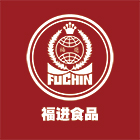Ten trends of the global seafood industry in 2019
At the beginning of 2019, the Chinese New Year is coming. Looking back at the twists and turns and turbulence of the global seafood industry in 2018, opportunities and challenges coexist. After summarizing the market situation of 2018, let us take out the crystal ball to infer what will be brought to the global seafood industry in 2019?The following is the inevitable trend in the global seafood is about to happen in 2019, 2019 the global seafood industry trends, technology and innovation technology is upending traditional Marine global trade since the beginning of this millennium water aquaculture seafood now a growing importance ratio from land-based recirculating aquaculture system (RAS) to the progress of harvesting and processing, to block the supply chain traceability technology is driving the entire supply chain of innovation to achieve a new levelAll the results of these innovation is to improve the efficiency, increase the sustainable production, make full use of the ocean resources more reduces the operating costs of the United Nations food and agriculture organization (FAO) to a new report shows that the use of disruptive technologies in fisheries and aquaculture, although not yet widely used, but could change process in the industry chain profitability and sustainability blocks sensors and automatic identification system (AIS), the next few years these three technology may play a role in reshaping the global seafood tradeChain block is a kind of track from beginning to end all the data related to the product or service of the ledger, or from the origin of seafood production has been traced to consumers in the chain of blocks of information in confidential stability increased the seafood product traceability along the value chain, this will make more fisheries aquaculture farms and fish processing facilities to meet the country of origin and plant health standards in many countries, such as import demand sensing technology has also entered the fisheries and aquaculture, the use of sensors is expected in 2019 will continue to increase their service provides the unthinkable a few years ago, such as on the high seas fishing near real-time trackingContact with manual fishing emergency services, or check the application of wave height before fishing ship automatic identification system (AIS) is a kind of automatic tracking system for ship collision avoidance while the main purpose of the AIS system is to improve the maritime security, but it also provides a better way for maritime authorities to monitor water traffic and activities, as well as the identification of ships two land-based seafood supply trend is obvious
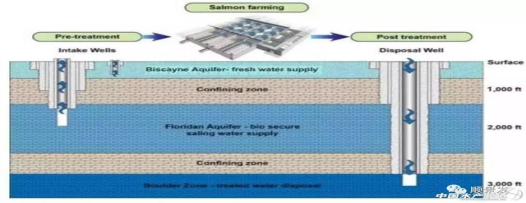
When it comes to technology and innovation, there is no more compelling example than terrestrial aquaculture. Last year was full of news about land-based aquaculture farms being built or about to be put to use. From the highly anticipated Florida Atlantic sapphire land salmon farms to the land shrimp farms to many other water operations, using RAS for land farming is the hottest trend in 2019.
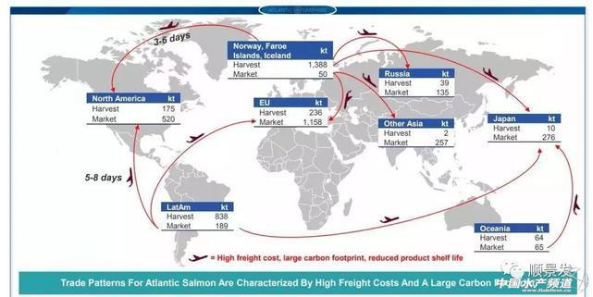
, of course, there's a lot of work to do to a wide range of applications, but the foundation has been laid, money is pouring into the industry, investors are betting that they think of the future of the aquaculture three prevention treatment of fish diseases and pests problem has attracted much attention of multinational companies and investors are investing money and time is another area where fish health department, it covers the salmon and other fish breeding for disease prevention and treatment of the DNB bank (DNBBank) to investors recently submitted a report that for salmon farming investors, the health of fish should be more important than the company's financial situation four aquaculture continued to soar in addition to the above when it comes to land-based aquaculture, around the world, all forms of Marine aquaculture in the explosive growth this is not a new trend, but it is the world's seafood supply chain of a major adjustment, in the past decade, the development of the global seafood supply chain speeds are increasing all the food and agriculture organization (fao) forecast, in just 12 years, the global seafood production will rise 40% fiveSustainable healthy pollution-free products is the world's consumer demand consumer interest in clean food continues to grow, which means that they do not contain redundant chemicals, in a sustainable way to enter the market, with minimal impact on the environment ways of raising or harvest, and they are traceable throughout the supply chain the trend is often associated with the demand of the millennial generation, actually across all population groups of six value-added processed products precision positioning service consumers through more precise processing to increase the value, this is the seafood is a common topicValue-added is effective, because it can well meet the requirements of today's consumers, they are looking for a simple proteins can be added to the diet precision meet consumers on the one hand, on the other hand, suppliers can also achieve maximum value of the Icelandic from seafood raw materials etc, is we will make full use of each fish, and achieve the goal of a way to profit from processing to finishing a series of value-added products output seven accelerated political mergerBy the multiple effects of constant around the global seafood industry, in the time of the opportunites and setback, industry polarization will be further intensified, large scale growth at the same time, some traditional small businesses will exit the market integration continues to spread across the global seafood industry in 2019, from the trend we see more and more companies realize the multinational acquisition of Canada's cook (Cooke) acquisition than cutting (Wanchese) and Omega protein (OmegaAmerican companies such as Protein and China's legend holdings' acquisition of Chilean salmon farming company Australis are just two examples, but more consolidation is under way
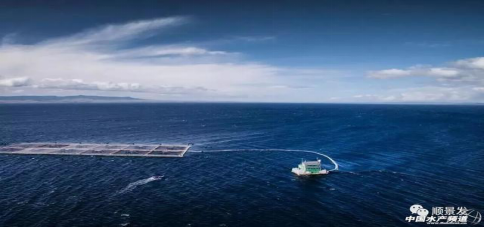
Australis Atlantic salmon farms
8. Feed breeding industry develops rapidly
Much money will go into efforts to develop alternative sources of protein for fish feed in 2019. Companies such as Cargill are developing plant-based feeds because wild fish populations are restricted from being harvested and processed into fish meal and oil.
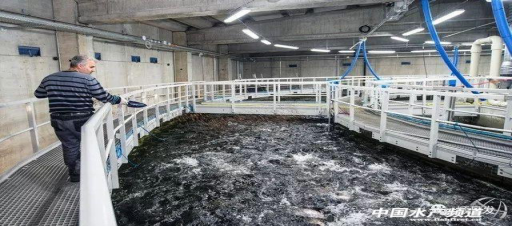
Insects, algae and other alternative ingredients have replaced wild anchovies and other fish in traditional feed. Just recently, French supermarket chain Auchan launched its "insect-fed" line of trout in 52 stores in northern France.
Ix. Climate change affects industrial development
The impact of climate change on the seafood industry is becoming increasingly apparent. This year has brought some ominous signs of fish migration, and problems such as disease and algal blooms are set to become increasingly worrying in the years ahead.
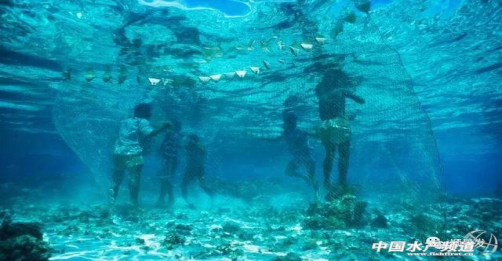
In many parts of the world, overfishing has depleted Marine resources for important Marine life. But a paper published in the journal science suggests a potential global war on Marine fish could break out as global warming causes commercial fish to migrate to the poles and clash with hostile neighbours that are suddenly forced to share them. This could lead to a sharp decline in fish stocks, a recession and, in some areas, a serious threat to food security.
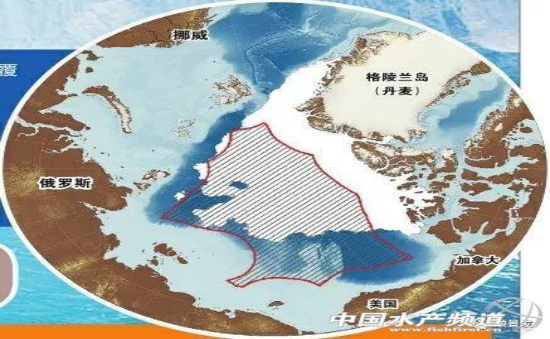
Now, hundreds of species around the world are migrating toward the poles in search of colder waters, sometimes for hundreds of miles. But internationally mandated fisheries rules and agreements between neighbouring countries cannot keep pace with this change, so it is vital to recognise the international nature of fish stocks and manage them as a whole, rather than breaking them up into discrete parts.
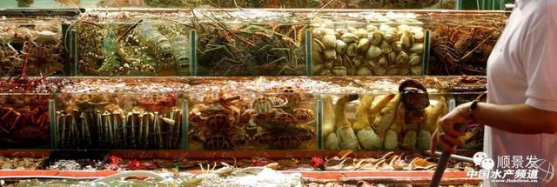
The Chinese market is very attractive
China, the Asian giant, is sucking up the world's seafood at record levels. Almost all the new business plans of major international seafood companies include a "blueprint" for China's consumer market. At the same time, Chinese companies are actively investing in the domestic seafood industry and acquiring overseas seafood companies.
What will happen to China's seafood market in 2019?
First, people's seafood consumption rose, and the import of seafood increased steadily
From January to July 2018, China's total import and export of water (sea) products totaled 5.1911 million tons, down 1.64 percent year-on-year, but the total import and export volume reached 20.38 billion us dollars, up 15.03 percent year-on-year. Influenced by the intensified protection of fishery resources, the increasing domestic demand for daily aquatic products and the upgrading of their quality, the trade surplus reached us $4.346 billion, a year-on-year decrease of us $1.019 billion, which further illustrated the increasing trend of China's import of water (sea) products.
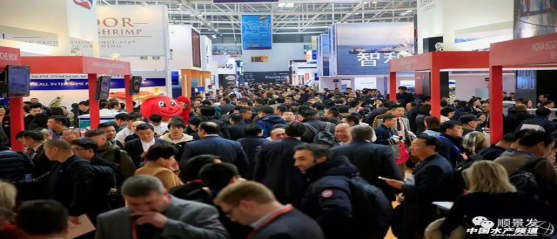
China fishery expo
Second, consumption tends to be rational, healthy, pollution-free and experience is the first choice
China's profound food culture, consumers generally like seafood, especially a variety of popular seafood. Consumers are beginning to develop in a rational direction, and their requirements for seafood are not only limited to the surface of seafood products, but also need fast, hygienic, convenient, safe, refined and humanized high-quality services. With the increase of people's work and life pressure, consumers have less and less free disposable time. Consumers hope that enterprises can provide fresh, nutritious, convenient and delicious seafood through diversified and professional business forms. Consumers are more likely to build brand loyalty.
Iii. The Internet + seafood channel continues to sink, and traditional industries are facing changes
At present, the post-80s and post-90s generation has become the main consumer of the seafood industry. With good culture and education and advanced consumption vision, the previous simple and crude sales mode of the seafood industry has become a history. As the main channel for the circulation of Marine products, China's wholesale market of agricultural products is in the stage of transition from the second generation to the third generation of wholesale markets. In particular, the large wholesale markets of agricultural products are basically in sync with the international market, and are transforming to smart agricultural products, constructing the circulation big data based on the wholesale markets of agricultural products, and carrying out supply chain services.
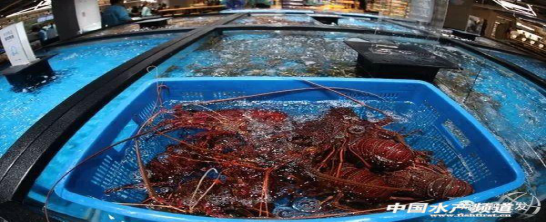
Compared with the traditional circulation channels, B2B mode realizes efficient links through the Internet, which can effectively eliminate the information asymmetry between production and marketing, help merchants from the source of seafood to build online and offline circulation channels covering the national market, and create an online global wholesale market.
Based on the information technology of Internet and Internet of things, with seafood information, data, logistics, distribution, warehousing, cold chain, quality and safety traceability as the core, the integrated supply ecology based on invoicing + supply chain management + third-party electronic payment + market management + logistics and distribution + warehousing services has been established.
Iv. Obvious market standardization and transparency trend
The chaos in the seafood industry comes from the rampant smuggling, the widespread "rip-off" phenomenon in the seafood market, and the chaos in the supply of e-commerce and small and medium-sized distributors. This may not be the topic of most concern to diners, but it is the one that is most likely to shake up the entire industry. Under the background of the consumption-dominated industry, the two-way promotion of the national level and the purchase concept of the consumer terminal will remove the chronic disease of smuggling, and the improvement of the concentration degree of industry integration will solve the disorder of goods supply. In addition, the standard and popularization of whole-process cold chain logistics are the necessary conditions for the future distribution of seafood in the whole country and in depth. Large seafood enterprises connect the fast transport of cold chain to get through the boundary of seafood consumption area under the layout of cold storage point.
Fifth, the enterprise does the brand, the consumer recognizes the brand
The vast majority of seafood is unbranded. Therefore, as far as the current situation of seafood stores is concerned, branding is the top priority. To establish or join the brand, can improve customer loyalty, improve visibility, but also the overall marketing, market demand to make a rapid response. At present, the supply of seafood in China still exceeds the demand. Owning a brand can make the product more reliable, establish a sound sales network, and better understand the industry and create good cooperative relations.
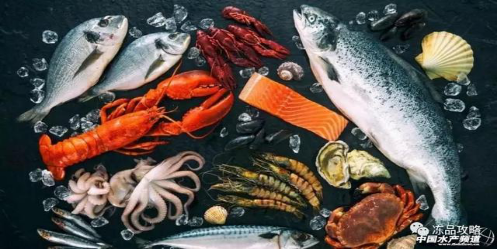
Six, the market polarization obviously goes to the middle leaves the characteristic
With the consolidation of the industry, the polarization of the seafood industry will be highlighted in the future. A few large enterprises will account for the majority of the market share, while the majority of small and medium-sized enterprises continue to shrink their share. Through innovation and transformation, the market is finally left with giant enterprises and small traders with rich product, sales and service characteristics.
With the advantages of centralized supply of goods, fast delivery of cold chain and nationwide distribution, large enterprises can greatly reduce the cost of seafood products by connecting online cross-border e-commerce platforms. In addition, with the national storage layout, they can also support featured experience stores and flagship stores to break through the geographical boundaries of seafood consumption. Future consumers in both the business super, archives mouths, the hotel, the network any a seafood products, experience consumption is likely to be from a company, on the other hand, a large enterprise business domain no longer limited to import seafood trade, its business chain extends upward to the downstream, as the industry polarization consumer brand recognition and consumption tendency of products is becoming more and more convergence.
Some of these trends are happening, others are coming. After the baptism of 2018, maybe pessimists are looking for reasons for failure, but more aspirants are looking for directions for success. Innovation, quality service, 2019, we come!
